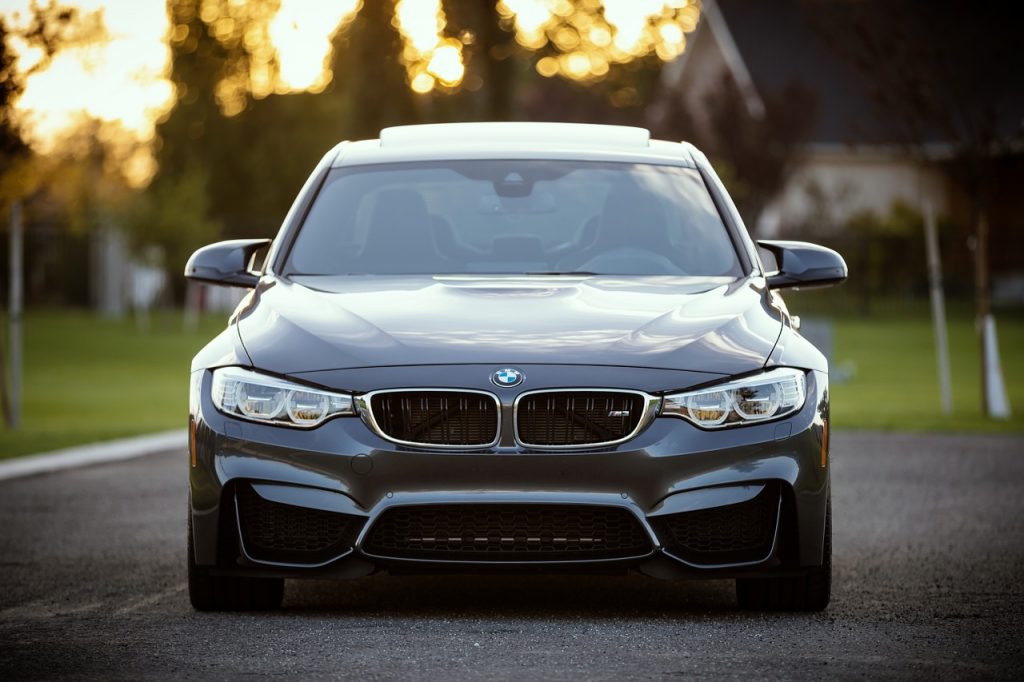
At some point in life, an individual will think about buying a vehicle, most notably those people who go on long commutes using public or mass transportation. However, owning a car nowadays is more of an expense than a necessity. Cars are also quite expensive. Thus, choosing a car is critical for those on a limited budget. Whether you’re a first-time car owner or a veteran in vehicle ownership, here are a few tips to consider when selecting the car that works best for you.
Functionality is the most crucial aspect when selecting a vehicle. As a future car owner, you are the best person to assess the functionality requirements depending on your daily routine. Take into account the necessary features that you would like to have in a vehicle. How many passengers will you usually carry? What is your typical mileage? What kind of road will your car drive on? Also, you must list down your needed add-ons such as a dash camera, leather seating, and multimedia devices. Since you will be using the vehicle often, make sure that these features are included.
While it is nice to own a car with all sorts of gizmos, you have to stop and think about the next important consideration – budget. Again, cars are expensive. Larger vehicles will require more cost to repair and maintain. Accessories are just as costly. Typical prices of cars averaged to almost $40,000 in 2018, excluding ownership costs. If the budget is an issue for you, then you must consider cutting out some of the features you wanted earlier. Only include the necessities so that you will not default on the loan in the future. Remember that you will be paying for your car for several years. If possible, buy a vehicle that is scalable for future upgrades on the engine, exterior, or even on multimedia features.
After allotting a certain amount for your car purchase, you must now research your target brands. Each car brand has a reputation and specialty for specific lines of vehicles. After narrowing down the brands, search for model reviews to check whether issues are present for that model. It is essential to research the item you will buy, especially if the price reaches five digits.
Lastly, do a test drive using your chosen car. During the test, drive in locations that will simulate your everyday travel. Check if its suspension system undulates while running. Test its essential functions, such as brakes, in a safe area.
Although it seems that choosing a car is tedious work, it is necessary and worth the hassle. It is imperative to make the best decision when selecting your vehicle. Remember, you are only a few steps away from owning your first car, so getting it right is the top priority.



